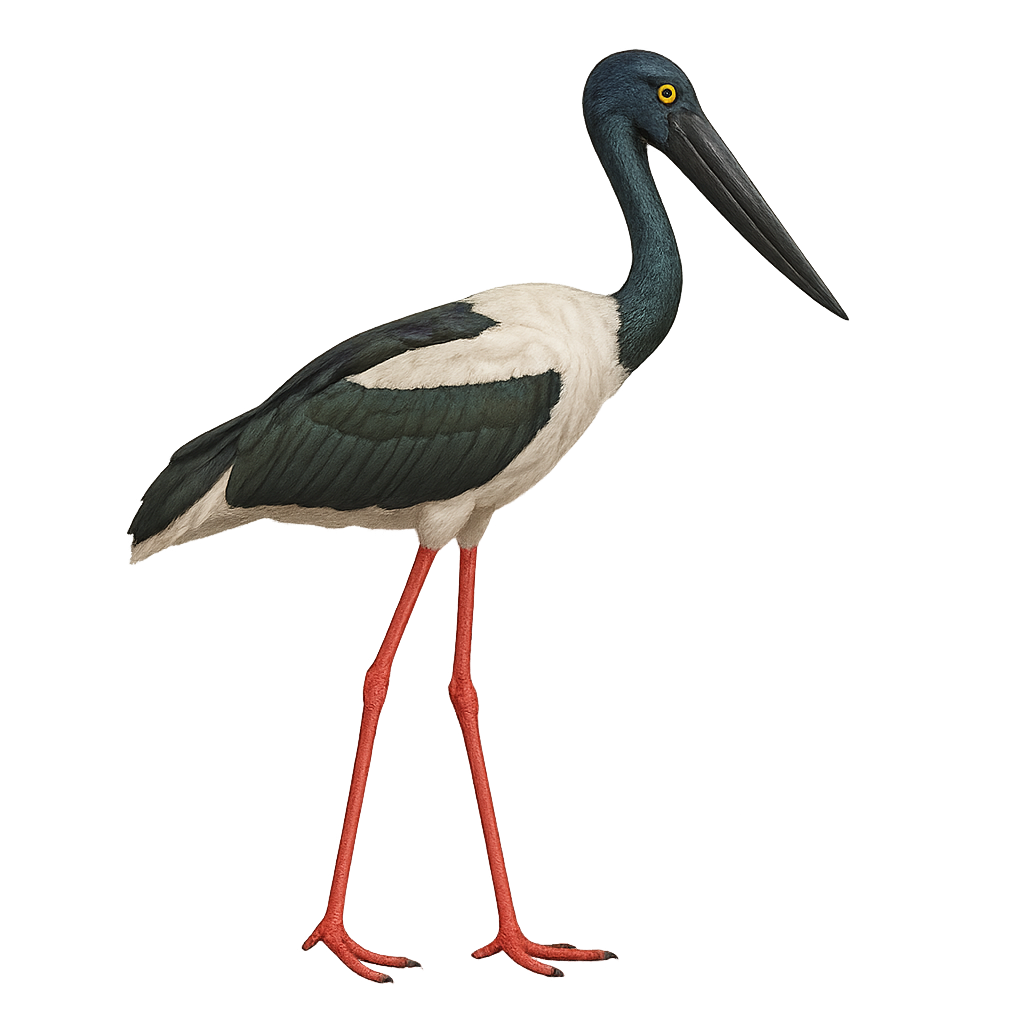Your wildlife photography guide.
Explore the black-necked stork in detail, study its behavior, prepare your shots.
Where to observe and photograph the black-necked stork in the wild
Learn where and when to spot the black-necked stork in the wild, how to identify the species based on distinctive features, and what natural environments it inhabits. The WildlifePhotographer app offers tailored photography tips that reflect the black-necked stork’s behavior, helping you capture better wildlife images. Explore the full species profile for key information including description, habitat, active periods, and approach techniques.
Black-necked Stork
Scientific name: Ephippiorhynchus asiaticus

IUCN Status: Near Threatened
Family: CICONIIDAE
Group: Birds
Sensitivity to human approach: Suspicious
Minimum approach distance: 10 m
Courtship display: October to December
Incubation: 33-35 jours
Hatchings: November to February
Habitat:
Wetlands, marshes, rivers
Activity period :
Primarily active during the day, with peak activity in the morning and late afternoon.
Identification and description:
The Black-necked Stork, or Ephippiorhynchus asiaticus, is a large wader with distinctive plumage. It features a bright white body contrasted by an iridescent black neck and head. Its long red legs and massive black bill give it a majestic appearance. Found mainly in wetlands, marshes, and rivers of South and Southeast Asia, this stork is a solitary bird or lives in small groups, feeding primarily on fish, frogs, and aquatic insects. Although generally silent, it can produce bill-clattering sounds during courtship. Its population is declining due to habitat loss and pollution, but it is still present in several nature reserves.
Recommended lens:
400mm – adjust based on distance, desired framing (portrait or habitat), and approach conditions.
Photography tips:
To photograph the Black-necked Stork, focus on wetlands early in the morning or late afternoon to benefit from soft light. Use a telephoto lens of at least 400mm to capture details without disturbing the bird. Be patient and discreet, as the stork is suspicious. Opt for burst mode shots to capture the graceful movements of this wader, especially when it takes off or fishes. A tripod can be useful to stabilize your camera and achieve sharp images.
The WildlifePhotographer App is coming soon!
Be the first to explore the best nature spots, track rutting seasons, log your observations, and observe more wildlife.
Already 1 432 wildlife lovers subscribed worldwide

